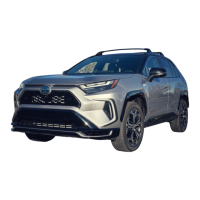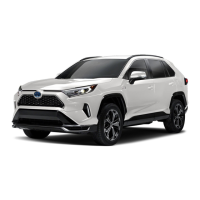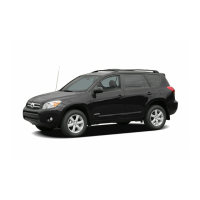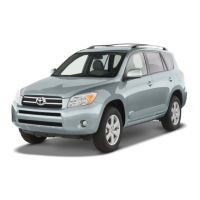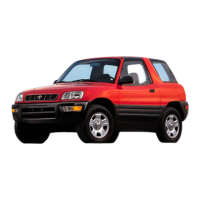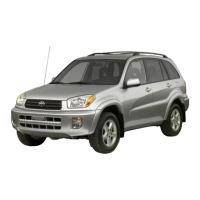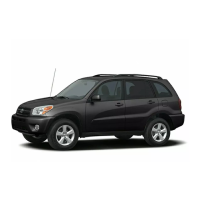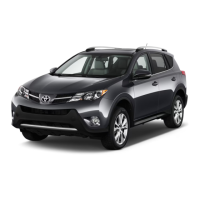394
5-5. Using the driving support systems
● When towing a trailer.
● When there is a significant difference
in height between your vehicle and
the vehicle that enters the detection
area.
● When a sensor or the area around a
sensor is extremely hot or cold.
● If the suspension has been modified
or tires of a size other than specified
are installed.
● If the front of the vehicle is raised or
lowered due to the carried load.
● When turning while backing up.
● When a vehicle turns into the detec-
tion area.
■ Situations in which the system may
operate even if there is no possibil-
ity of a collision
Instances of the RCTA function unnec-
essarily detecting a vehicle and/or
object may increase in the following situ-
ations:
● When the parking space faces a
street and vehicles are being driven
on the street.
● When the distance between your vehi-
cle and metal objects, such as a
guardrail, wall, sign, or parked vehicle,
which may reflect electrical waves
toward the rear of the vehicle, is short.
● When equipment that may obstruct a
sensor is installed, such as a towing
eyelet, bumper protector (an addi-
tional trim strip, etc.), bicycle carrier,
or snow plow.
● When a vehicle passes by the side of
your vehicle.
● When a detected vehicle turns while
approaching the vehicle.

